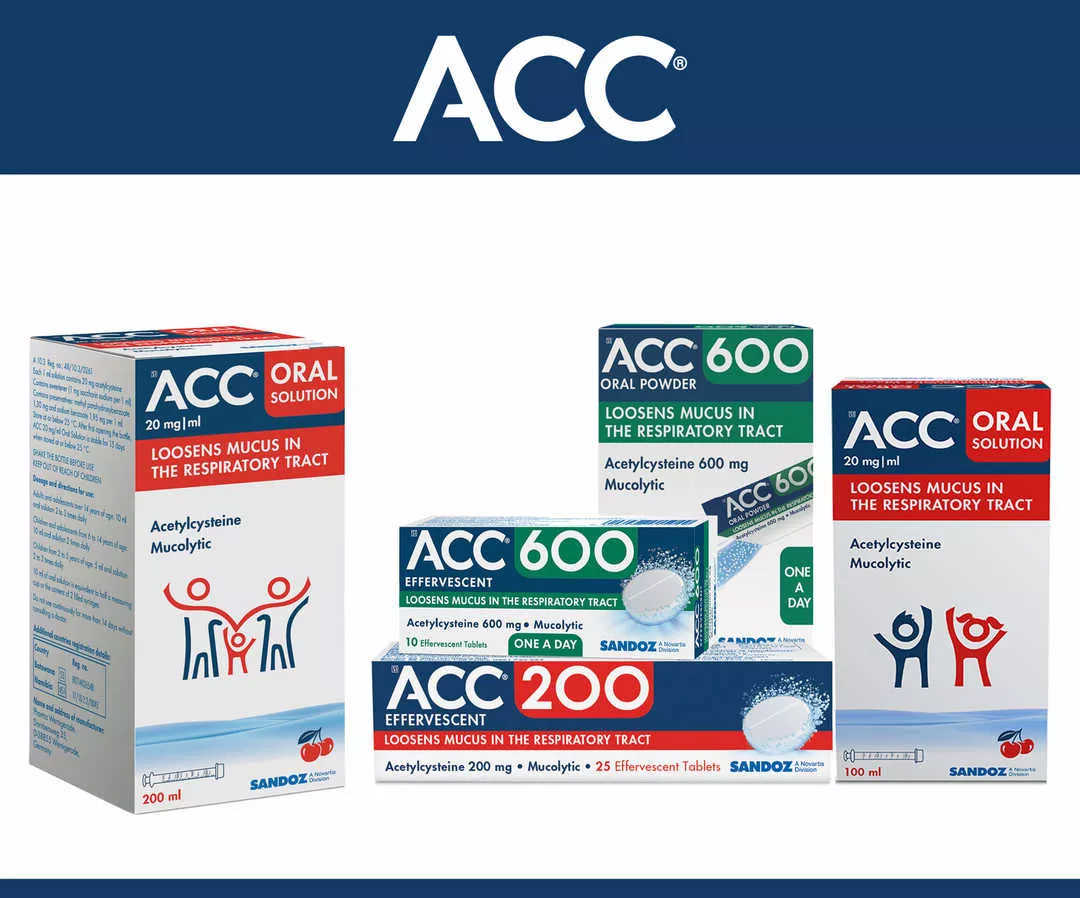TYPES OF COUGH
Wet (productive) coughA wet cough is a type of cough where excess phlegm or mucus is produced from your respiratory tract.1 This means that when you cough, you will bring sticky fluid (mucus) up into your mouth.1,2 Because of the phlegm or mucus that comes with this type of cough, we call it a productive cough.1
Wet coughs are often caused by the common cold or flu.2 The cough sounds “wet” because your body is pushing the excess mucus (fluid) out of your nose, throat and lungs.2
Colds and flu often cause congestion (a blocked feeling) in your airways, because of the extra mucus or phlegm that builds up.3 That’s why when you have a wet cough you’ll usually have other symptoms like a runny or snotty nose.2,3 You may also feel a “dripping” sensation at the back of your throat (known as post-nasal drip).2
Find out more about colds and flu, coughs and congestion. |
Dry (non-productive) coughA dry cough is a type of cough where little or no mucus is produced from your respiratory tract.1 It’s also known as a non-productive cough.1
With a dry cough, you won’t bring up mucus into your mouth, but you will usually feel itching, scratching or tickling sensations in your throat, which can trigger coughing fits.1,2,4
Dry coughs often happen because of inflammation or irritation in your respiratory tract.2 This can be caused by an upper respiratory infection (like a cold or flu virus), or by breathing in irritants like dust and smoke.2 Other possible causes of a dry cough include sinusitis, tonsilitis, allergies and asthma.2 |

ACC® relieves mucus congestion in the airways1-3

| References |
|---|
|
| Sidebar References |
|---|
|
[S1] ACC® 20 mg/ml Oral Solution. Reg. No.: 48/10.3/0261. Composition: Each 1 ml of ACC 20 mg/ml ORAL SOLUTION contains 20 mg acetylcysteine. ATC Code: R05C B01.
[S1] ACC® 200 (effervescent tablets). Reg. No.: 29/10.2.2/0753. Composition: Each ACC 200 effervescent tablet contains: 200 mg acetylcysteine. Pharmacological Classification: A10.3 Medicines acting on the respiratory system – other.
[S1] ACC® 600 (effervescent tablets). Reg. No.: 45/10.3/0229. Composition: Each effervescent tablet contains 600 mg acetylcysteine. [S1] ACC® 600 ORAL POWDER. Reg. No.: 51/10.3/0816. Composition: Each sachet contains 600 mg of acetylcysteine. ATC Code: R05CB01.
For full prescribing information refer to the Sandoz Professional Information approved by the South African Health Products Regulatory Authority (SAHPRA).
Contact Us
Sandoz SA (Pty) Ltd, Reg. No. 1990/001979/07,
Magwa Crescent West,
Waterfall City,
Jukskei View,
Midrand,
2090.
Tel: +27 (11) 347 6600.
SANCAL Customer Call Centre: 0861 726 225.
Reporting of AEs:
https://pvi1j.solutions.iqvia.com or [email protected]